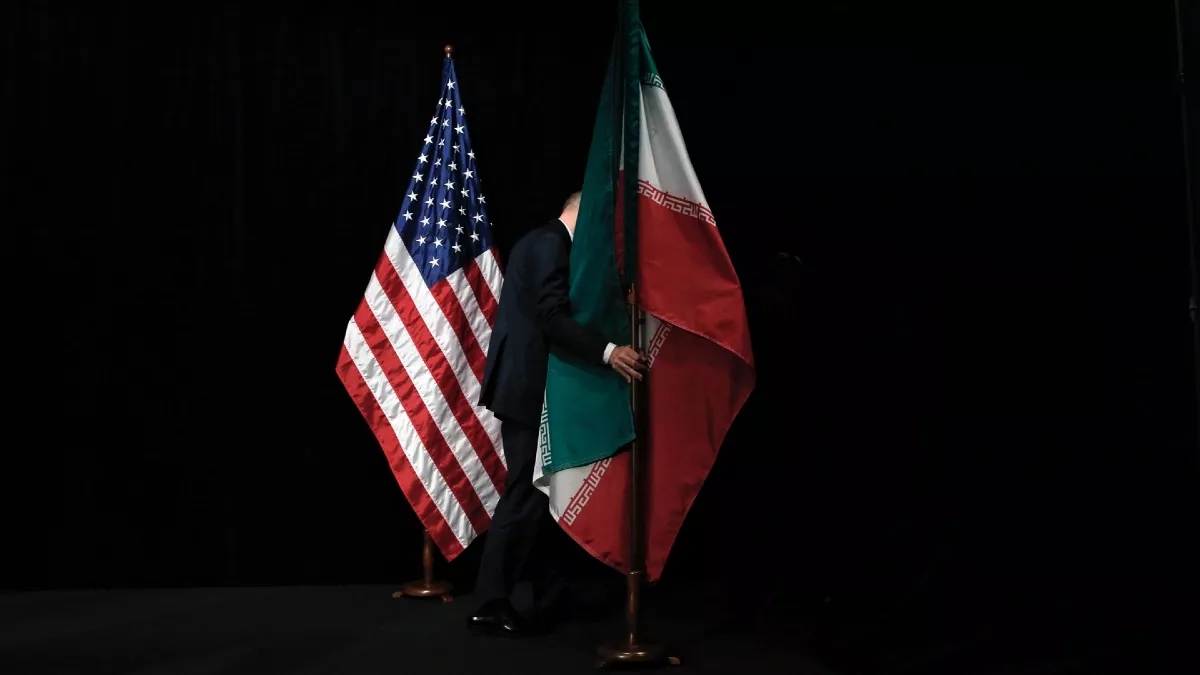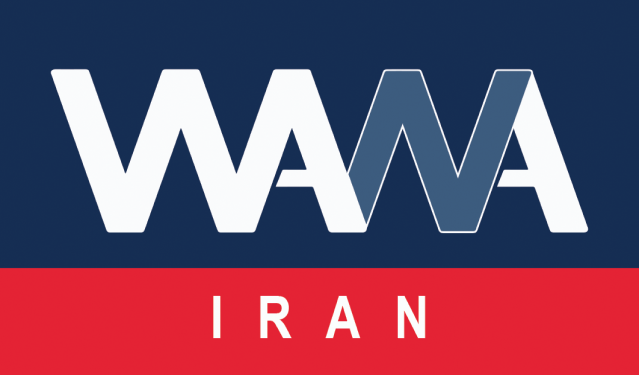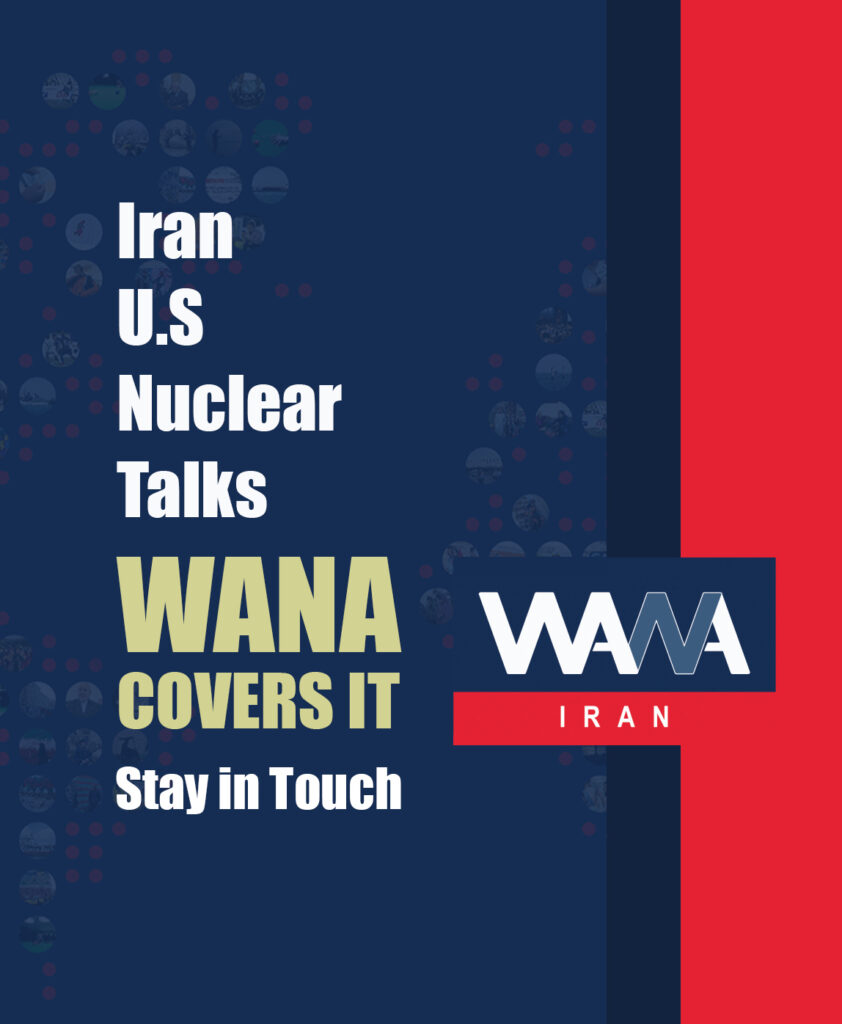Have Iran and the U.S. Really Reached a Deadlock?
WANA (Feb 12) – Everything feels familiar: Trump as president, the “maximum pressure” policy, threats of negotiations from a position of strength, and Iran insisting on resistance. But this scenario seems too structured, as if we are following a pre-written script. Is there truly no path forward other than a deadlock, or is this a new game whose hidden rules we have yet to uncover?
Once again, Trump told The New York Post that Iran has only two options: negotiation or war. But this is a contradiction. If he genuinely wants negotiations, why does he simultaneously issue executive orders that make it impossible for the other side to even approach the table?
It may seem like just another pressure tactic, but the reality is more complex. Trump is not seeking negotiation; he needs a managed crisis—one that keeps tensions high without reaching the point of explosion.

Trump and Iran: A Shift in Strategy or Diplomatic Game?
WANA (Feb 06) – Donald Trump, whose withdrawal from the JCPOA marked the beginning of the maximum pressure policy, is now adopting a different tone regarding Iran. In a meeting with Benjamin Netanyahu, he uncharacteristically described Iran as “strong” but quickly added: “Of course, that doesn’t mean it can’t become weak again.” He also […]
Why? Because this situation serves as leverage not only against Iran but also against China and Europe. If the Iran crisis is resolved, the U.S. loses one of its most effective bargaining tools in global politics.
Does Tehran Also Need This Deadlock?
On the other hand, Iran is following a similar strategy. It declares negotiations impossible but continues limited talks with Europe. It insists that resistance is the only option but simultaneously avoids triggering the snapback mechanism. Like Washington, Tehran also benefits from prolonging the crisis—but for different reasons.
The key question is: Do both sides need this game? And if so, how far are they willing to take it?

At first glance, it seems Iran and the U.S. have reached a point of no return. But in reality, a hidden diplomacy is at play:
Trump claims he wants negotiations, but he doesn’t actually pursue them.
Iran rejects negotiations but does not make them entirely impossible.
Europe declares its support for the JCPOA but takes no real action to preserve it.
These are signs of a more intricate game: a “managed deadlock.” A stalemate that neither side is eager to break—because maintaining it is more beneficial.

Negotiation, but at What Cost?
WANA (Feb 08) – Politics is not a field of predetermined certainties. The players in this arena may encounter situations that upend previous calculations at any moment. However, among all the possibilities, one principle remains unchanged for Iran: negotiations must not happen at any cost. Last week, when Iran’s Foreign Minister spoke with Sky […]
How Long Can This Deadlock Last?
Two key factors could change the equation:
1. Domestic shifts in the U.S. – Trump may alter his approach to secure a deal. He knows he cannot remain in a perpetual cold war with Iran. Eventually, he will need a diplomatic achievement.
2. Internal changes in Iran – If economic pressure reaches a critical point, Tehran may also reconsider its strategy. But not in the way Washington expects. Instead of direct negotiations, Iran may launch a new game: deepening ties with the East.

Iran’s Leader Threatens America: “You Strike, We Strike”
WANA (Feb 07) – In the world of politics, sometimes a single statement can hit like a powerful missile—breaking through diplomatic barriers and shifting power dynamics. Today, in a meeting with Air Force commanders, Iran’s Supreme Leader responded to the latest U.S. remarks and sanctions with a stance that was not only directed at the […]
What appears to be a deadlock between Iran and the U.S. is, in reality, a fragile balance—one that both sides are actively maintaining.
Trump wants to keep the crisis alive but avoid war.
Iran wants to resist but keeps some doors open.
Europe wants to mediate without paying a price.
This deadlock will persist until one player decides to change the rules of the game. And at that moment, we should expect a real turning point.













